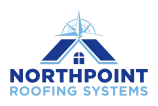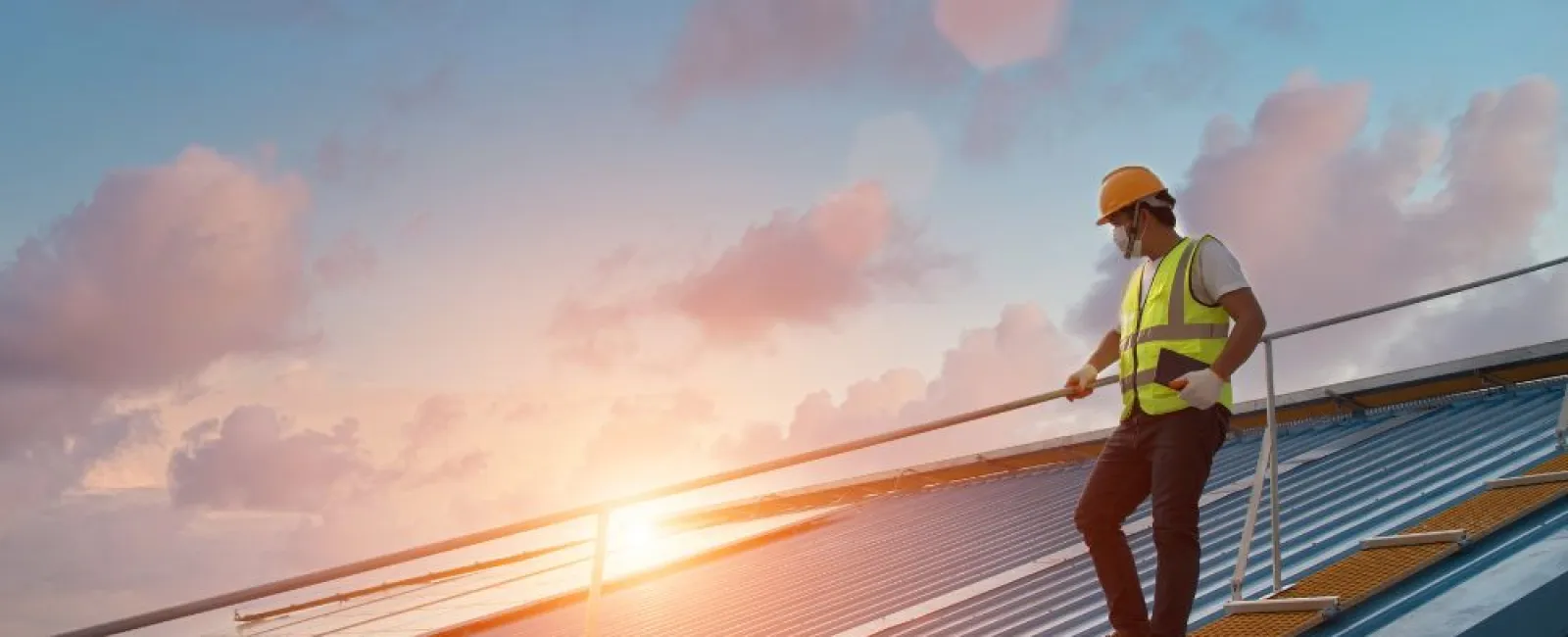When your commercial building is ready for a roof inspection, you may have many questions and potential concerns. Hiring a reputable roof inspector near you is a critical first step. These professionals will perform a series of evaluations, and you can expect a commercial roof inspection to go as follows.
1. Leak Assessment From an Interior Perspective
It can surprise management or staff to see the inspection team walking through the interior of the building during a roof inspection. This is necessary because a vital part of the inspection process includes looking at ceilings to gain a better understanding of the structure's condition.
Any concerns around rusting, leaking, water stains, or structural integrity are more noticeable with an internal leak assessment. You should anticipate the interior walk-through from a reputable company that wants to ensure long-term viability and safety.
2. Comprehensive Exterior Visual Assessment
It's common for trustworthy commercial roof inspection teams to use a drone device to capture the exterior conditions from a visual standpoint. This enables them to evaluate the existing condition and status of the roof without putting themselves at physical risk. The drone device uses AI intellect to capture general conditions and areas of potential risk.
After collecting the data, the physical inspector is ready to enter the roof and begin the comprehensive assessment. During this physical inspection process, you can expect the commercial roof inspection to include the following items:
- Gutter conditions
- Blistering (applies to flat roofs)
- Damage from or growth of vegetation
- The conditions of flashing materials
- Cracks or seam damages
- Missing materials
3. Roofing Equipment Evaluation
Another significant component of most commercial roofing systems is the equipment on the roof. The roofing materials that surround this equipment are generally more susceptible to wear. The edges of a roof are the first areas to show damage or wear, including the edges surrounding HVAC components or other necessary machinery for the building. These areas are also more prone to leaks and structural damage, so the inspector will spend a few minutes evaluating the surroundings and noting the materials' condition. From there, they'll make any suggestions as necessary.
It's vital to remember that these professionals don't specialize in or possess the knowledge necessary for HVAC or machinery services. So if you're experiencing an issue with this equipment, you should call your preferred provider.
4. Sampling Process for Needs Evaluation
Another part of the core inspection process that many aren't aware of includes a sampling process. Not every commercial roof inspection uses a sample pull, but you should expect this to occur if the inspector has trouble identifying age or whether moisture is highly prevalent. Samples provide excellent information on the layers in the roof, the moisture levels, and the aging conditions, specifically when you hire a crew that did not install the roof.
5. Property Inspection Report
When the inspection team completes the job, you can expect to receive a detailed and well-outlined property inspection report. This is where you'll receive any collected data from the drone, the inspector's findings in more detail, and the best next step in the process. The report's primary objective is to provide transparency about the roof's condition and the status of a repair or tear-off.
Contact Northpoint Roofing Systems for all your commercial roof inspection needs in Georgia. We offer reliable and reputable drone inspection services with comprehensive reporting processes.

